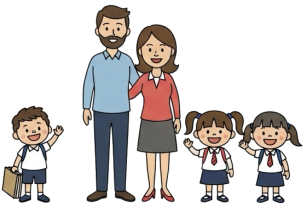
Question More, Action Knowledge.
Remember, at QMAK, we don’t just teach; we empower. We don’t just inform; we inspire. We don’t just question; we act. Become a Gold Member, and let’s unlock your child’s full potential, one question at a time.

Problem-solving skills are a powerful antidote to self-pity. When children learn to approach challenges with curiosity and confidence rather than defeat, they develop agency and resilience.
The ability to identify problems, generate potential solutions, and implement effective strategies gives children a sense of control and capability that naturally counters helplessness and victimhood.
These activities are designed to help kids aged 7 and up develop robust problem-solving skills through engaging, hands-on experiences.
Through regular practice with varied challenges, children build both the cognitive abilities and emotional resilience needed to face life’s inevitable obstacles with optimism and resourcefulness.
Purpose: To develop critical thinking, decision-making, and consequence evaluation in a low-risk, supportive environment.
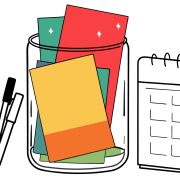
Develop or select situations that are relevant and engaging:
Help your child develop a systematic approach:
Help your child analyze potential solutions:
Deepen understanding through thoughtful conversation:
Help your child internalize a solution-oriented approach:

Purpose: To develop spatial reasoning, planning skills, and persistence through hands-on construction challenges that require creative problem-solving.

Design problems that stretch skills while remaining achievable:
Guide effective preparation before building:
Support problem-solving during construction:
Help children extract key insights from the experience:
Build complexity and independence over time:

Purpose: To foster creative problem-solving, resourcefulness, and design thinking through open-ended invention challenges.

Establish a foundation of creative problem-solving:
Offer problems that spark creativity and purpose:
Guide children through a simplified design thinking approach:
Help children evaluate and refine their inventions:
Create meaningful ways to showcase creative solutions:

Purpose: To develop logical thinking, pattern recognition, and perseverance while building confidence in facing and resolving challenges.

Set the stage for enjoyable, focused problem-solving:
Help your child develop systematic approaches:
Help your child work through challenges productively:
Help children extract insights from puzzle-solving experiences:
Build skills through thoughtfully sequenced experiences:

Purpose: To develop practical problem-solving skills in a real-world context that provides immediate feedback and delicious results.
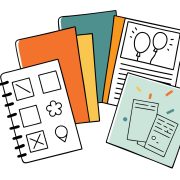
Set up appropriate culinary challenges:
Create kitchen experiences that encourage problem-solving:
Guide children through culinary challenges:
Use results as valuable feedback for improvement:
Help children recognize transferable problem-solving abilities:

These problem-solving activities help children develop:
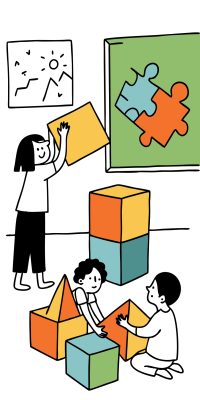
Remember that the process of solving problems is as important as finding solutions.
By focusing on the thinking strategies rather than just the outcomes, you help your child build a toolkit of approaches they can apply to future challenges.
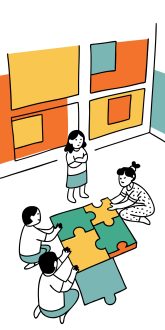
The goal is to help your child develop a “I can figure this out” mindset rather than becoming discouraged or helpless when facing obstacles. This problem-solving orientation naturally counters tendencies toward self-pity by focusing on capabilities and action rather than limitations and victimhood.

Remember, at QMAK, we don’t just teach; we empower. We don’t just inform; we inspire. We don’t just question; we act. Become a Gold Member, and let’s unlock your child’s full potential, one question at a time.